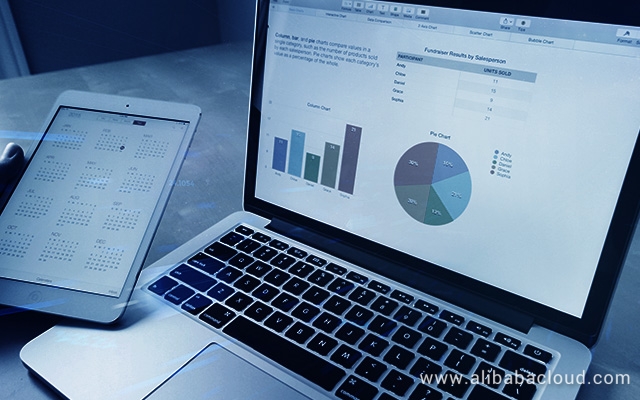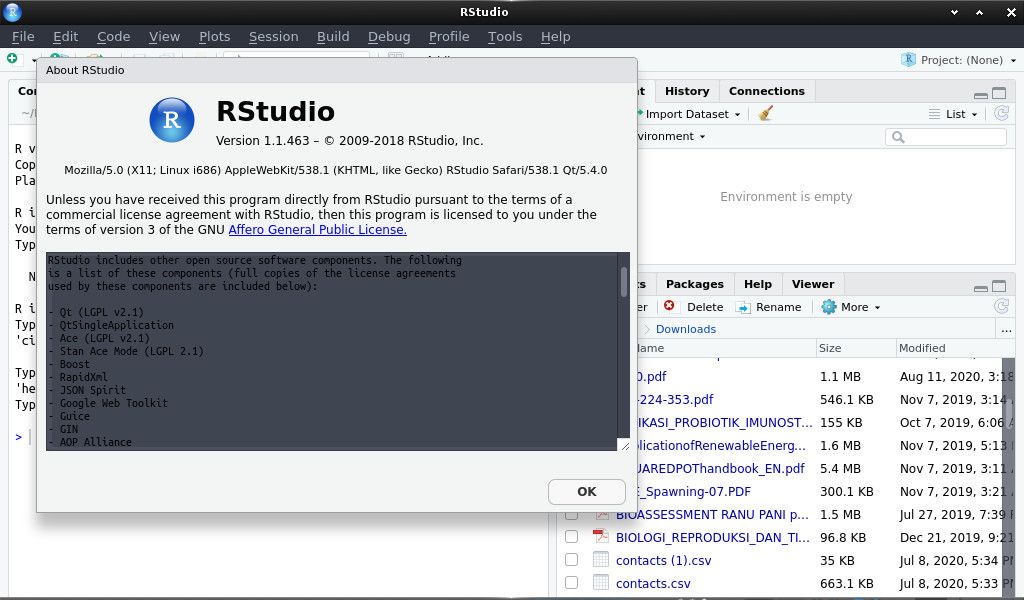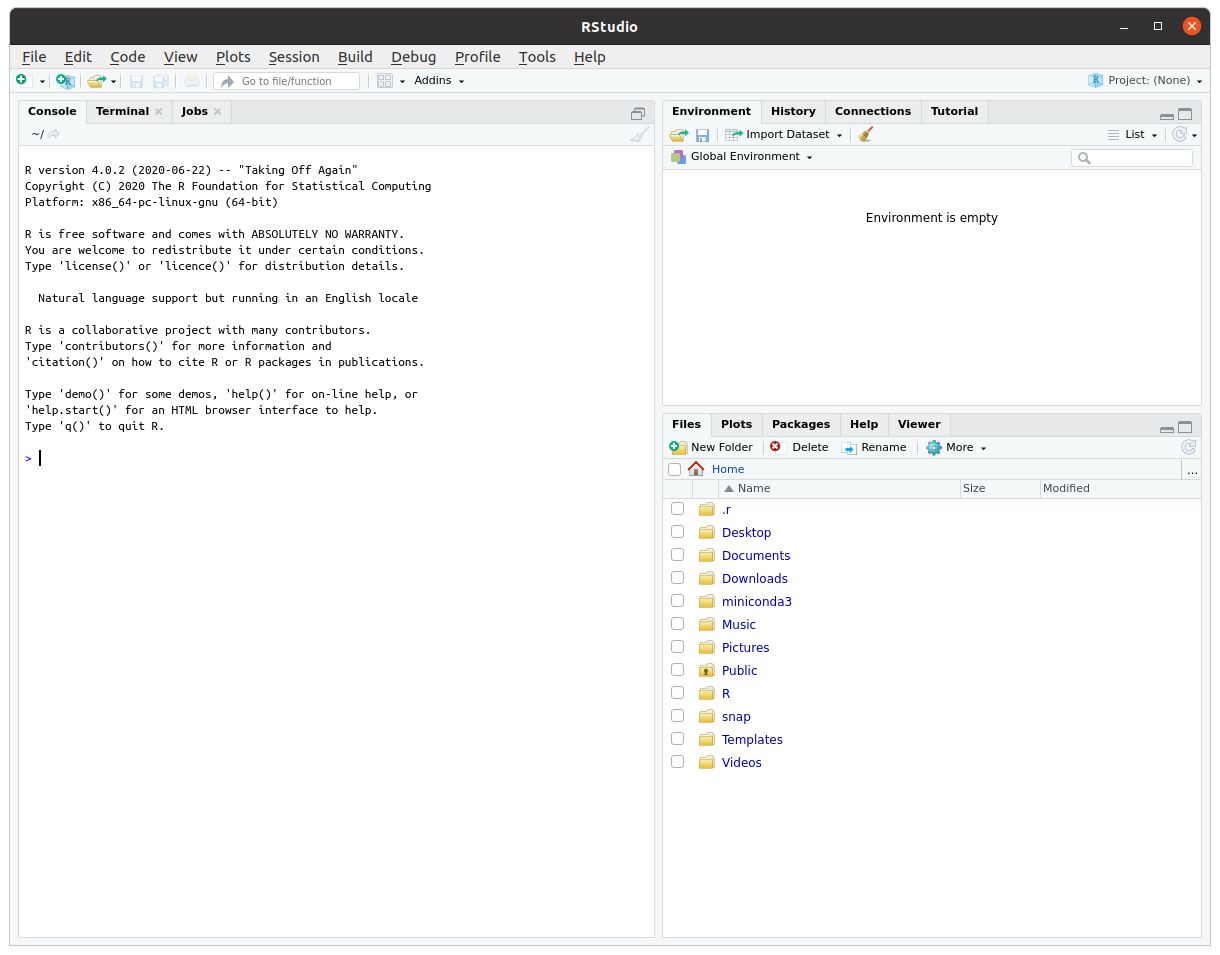

We begin every installation by updating our system repositories in order to make them up to date.
 Run system updates to make the repositories current. Have user with sudo privileges if not root user.
Run system updates to make the repositories current. Have user with sudo privileges if not root user.  Have basic understanding of command line. Have atleast 1 GB of RAM on your system. To install R and Rstudio you need to consider the following: Rstudio is an application like Microsoft word, except that instead of helping you write in English, Rstudio helps you write in R.Įven if you want to run on Rstudio completely, you still need to have R on your system because Rstudio helps you use the version of R that lives on your computer, but it doesn’t come with a version of R on its own. Rstudio provides free and open-source tools for R. It compiles and runs on different platforms including Windows, Linux, macOS. R is a free software environment for statistical computing and graphics. This book helps you understand the theory that underpins ggplot2, and will help you create new types of graphics specifically tailored to your needs.In this tutorial, we are going to learn how to install R and Rstudio on Ubuntu 20.04. It describes the theoretical underpinnings of ggplot2 and shows you how all the pieces fit together. If you’ve mastered the basics and want to learn more, read ggplot2: Elegant Graphics for Data Analysis. It provides a set of recipes to solve common graphics problems. If you want to dive into making common graphics as quickly as possible, I recommend The R Graphics Cookbook by Winston Chang. If you’d like to follow a webinar, try Plotting Anything with ggplot2 by Thomas Lin Pedersen. If you’d like to take an online course, try Data Visualization in R With ggplot2 by Kara Woo. R for Data Science is designed to give you a comprehensive introduction to the tidyverse, and these two chapters will get you up to speed with the essentials of ggplot2 as quickly as possible.
Have basic understanding of command line. Have atleast 1 GB of RAM on your system. To install R and Rstudio you need to consider the following: Rstudio is an application like Microsoft word, except that instead of helping you write in English, Rstudio helps you write in R.Įven if you want to run on Rstudio completely, you still need to have R on your system because Rstudio helps you use the version of R that lives on your computer, but it doesn’t come with a version of R on its own. Rstudio provides free and open-source tools for R. It compiles and runs on different platforms including Windows, Linux, macOS. R is a free software environment for statistical computing and graphics. This book helps you understand the theory that underpins ggplot2, and will help you create new types of graphics specifically tailored to your needs.In this tutorial, we are going to learn how to install R and Rstudio on Ubuntu 20.04. It describes the theoretical underpinnings of ggplot2 and shows you how all the pieces fit together. If you’ve mastered the basics and want to learn more, read ggplot2: Elegant Graphics for Data Analysis. It provides a set of recipes to solve common graphics problems. If you want to dive into making common graphics as quickly as possible, I recommend The R Graphics Cookbook by Winston Chang. If you’d like to follow a webinar, try Plotting Anything with ggplot2 by Thomas Lin Pedersen. If you’d like to take an online course, try Data Visualization in R With ggplot2 by Kara Woo. R for Data Science is designed to give you a comprehensive introduction to the tidyverse, and these two chapters will get you up to speed with the essentials of ggplot2 as quickly as possible. 
The Data Visualisation and Graphics for communication chapters in R for Data Science. Currently, there are three good places to start: If you are new to ggplot2 you are better off starting with a systematic introduction, rather than trying to learn from reading individual documentation pages.








 0 kommentar(er)
0 kommentar(er)
